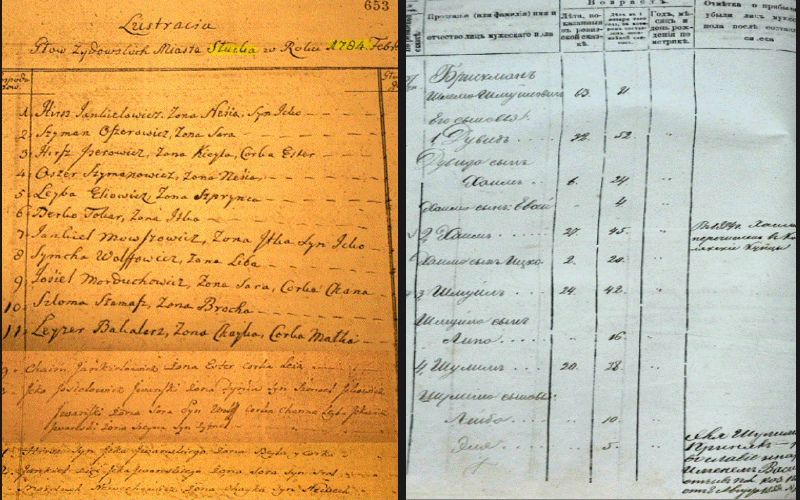Abstract
Introduction
Between 1880 and 1924, over two million Ashkenazi (Eastern European) Jews immigrated to America from the Russian Empire, where repeated pogroms made life untenable. They came from Jewish diaspora communities in the Russian Pale of Settlement (the territory where Jews were permitted to live in the Russian Empire, encompassing modern Poland, Lithuania, Belarus, Ukraine and Moldova), the vast majority of them entering America through the Port of New York, at Ellis Island.
Many of these Jewish immigrants had strange, foreign-sounding surnames, very different from the surnames of their American-born children and grandchildren. How did these immigrants originally obtain their Russian or Eastern European surnames? Where did they get them from, and how long did they have them? When, where, and why were they changed? That is the topic of this review article, and some of the questions that it is intended to address. Continue Reading…
Authors



